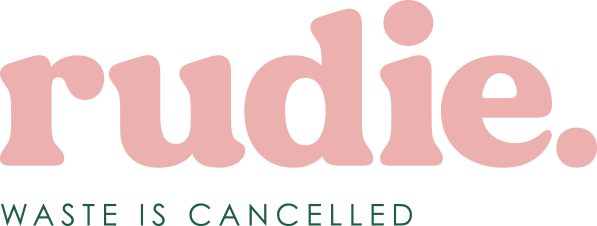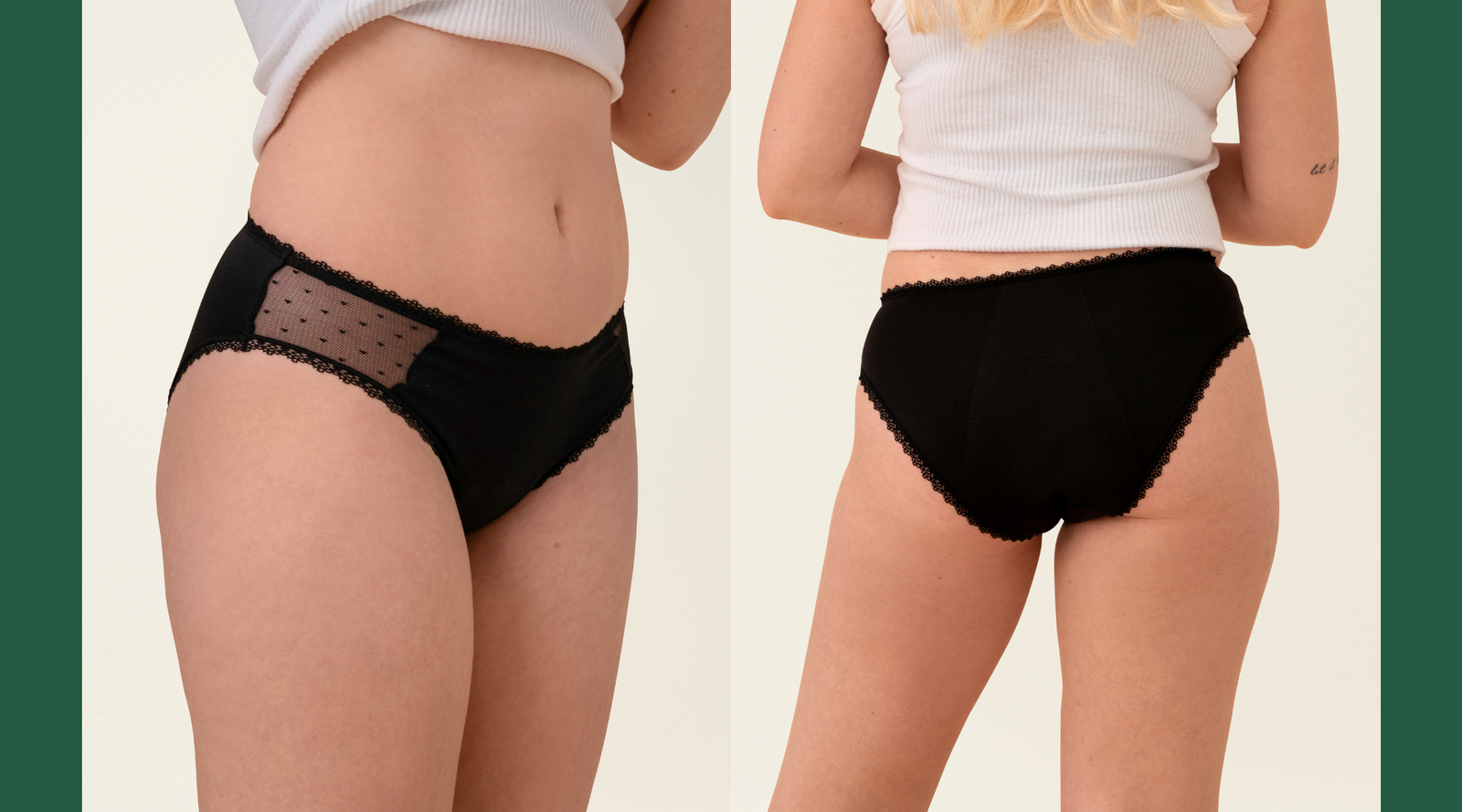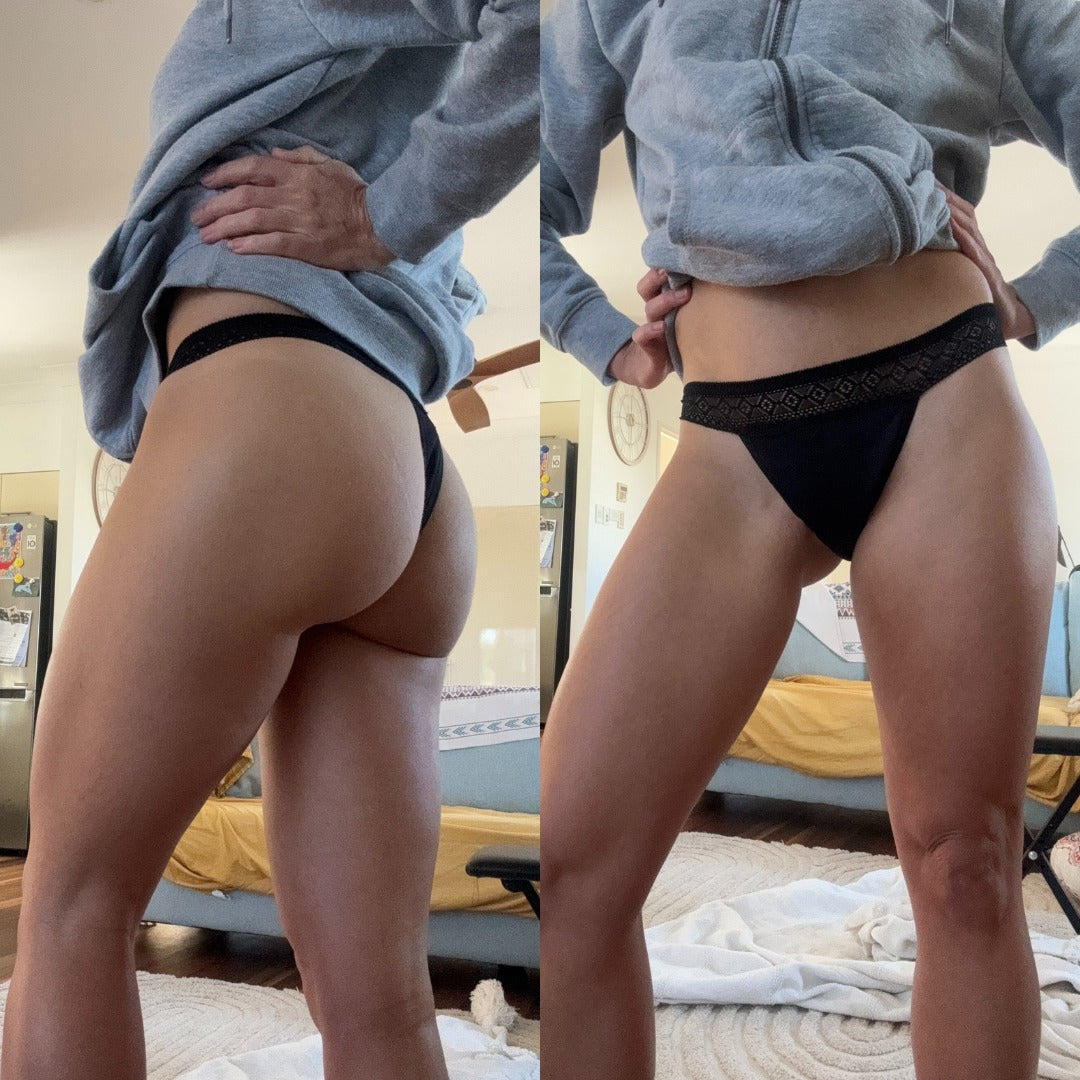You already know about pads and tampons being responsible for about 200,000 tonnes of waste per year—most of which contains plastic—which explains why our EcoPads and Eco Panties are good for the environment, but do you know why exactly they are good for you?
Well, for one, they are cost-effective and easy on your wallet, allowing you to save more than $100 a year on menstrual products considering the fact that they are long-lasting. Nevertheless, Rudie believes that the primary reason that makes reusable menstrual products better than disposable ones, particularly disposable pads, is that they are healthier. Much healthier, and here’s why:
To this date, disposable pads are considered more convenient for most, since there is no need to keep them and wash the discharge off after usage unlike in reusable ones. Unfortunately, researchers and scientists have discovered that most, if not all, brands of disposable pads carry toxic ingredients that, if exposed to a prolonged period of time, may eventually lead to endocrine disruption, developmental and reproductive harm, or worse, cancer.
To help increase your awareness on this issue, Rudie has researched about what chemicals exactly are in disposable pads that make them hazardous to your health.
1. Dioxins/PCBs (dibenzodioxin)
Most brands of disposable pads use dioxin to successfully attain that certain color of purity. Aside from being known to cause irritation and trigger allergy, this chemical has also been labeled by the World Health Organization as a pollutant and carcinogen that does not easily decay.
As the chemical remains stuck on the product you are using, it may eventually accumulate in your bloodstream and fat tissues, thus increasing the likelihood of cancers, particularly cervical cancer and ovarian cancer. Not only that, but dioxin is also identified as an immunosuppressant, which can cause disruption to your hormonal regulatory mechanism and in turn, trigger reproductive problems.
2. Phthalates
Phthalates are widely known for their usage as “plasticizers”. These compounds act as binding agents that are used to provide a smooth finish to sanitary pads. Plasticizers in disposable pads may increase risk of exposure to bacteria and yeasts and cause vaginal infections, which, if not treated, may eventually result in a severe septic shock.
Aside from that, researchers have also associated phthalates with asthma, attention-deficit hyperactivity disorder, breast cancer, obesity and type II diabetes, low IQ, neurodevelopmental issues, behavioral issues, autism spectrum disorders, altered reproductive development and male fertility issues.
3. Undisclosed fragrances
Most disposable pads, particularly scented ones, use fragrance chemicals either for an artificial fragrance or odor neutralization. This is primarily because the scent, or the lack thereof, is often linked to the freshness vibe that menstrual products give off.
However, similar to the first two chemicals, undisclosed fragrance chemicals may cause allergies, severe irritations, cancer, or reproductive harm that may eventually lead to infertility.
You see, eco-friendly menstrual products are here not just for the good of the environment but also of your health. Indeed, disposable pads are the way to go in terms of convenience, but—think about it—is it worth all these potential health problems?
Well, for one, they are cost-effective and easy on your wallet, allowing you to save more than $100 a year on menstrual products considering the fact that they are long-lasting. Nevertheless, Rudie believes that the primary reason that makes reusable menstrual products better than disposable ones, particularly disposable pads, is that they are healthier. Much healthier, and here’s why:
To this date, disposable pads are considered more convenient for most, since there is no need to keep them and wash the discharge off after usage unlike in reusable ones. Unfortunately, researchers and scientists have discovered that most, if not all, brands of disposable pads carry toxic ingredients that, if exposed to a prolonged period of time, may eventually lead to endocrine disruption, developmental and reproductive harm, or worse, cancer.
To help increase your awareness on this issue, Rudie has researched about what chemicals exactly are in disposable pads that make them hazardous to your health.
1. Dioxins/PCBs (dibenzodioxin)
Most brands of disposable pads use dioxin to successfully attain that certain color of purity. Aside from being known to cause irritation and trigger allergy, this chemical has also been labeled by the World Health Organization as a pollutant and carcinogen that does not easily decay.
As the chemical remains stuck on the product you are using, it may eventually accumulate in your bloodstream and fat tissues, thus increasing the likelihood of cancers, particularly cervical cancer and ovarian cancer. Not only that, but dioxin is also identified as an immunosuppressant, which can cause disruption to your hormonal regulatory mechanism and in turn, trigger reproductive problems.
2. Phthalates
Phthalates are widely known for their usage as “plasticizers”. These compounds act as binding agents that are used to provide a smooth finish to sanitary pads. Plasticizers in disposable pads may increase risk of exposure to bacteria and yeasts and cause vaginal infections, which, if not treated, may eventually result in a severe septic shock.
Aside from that, researchers have also associated phthalates with asthma, attention-deficit hyperactivity disorder, breast cancer, obesity and type II diabetes, low IQ, neurodevelopmental issues, behavioral issues, autism spectrum disorders, altered reproductive development and male fertility issues.
3. Undisclosed fragrances
Most disposable pads, particularly scented ones, use fragrance chemicals either for an artificial fragrance or odor neutralization. This is primarily because the scent, or the lack thereof, is often linked to the freshness vibe that menstrual products give off.
However, similar to the first two chemicals, undisclosed fragrance chemicals may cause allergies, severe irritations, cancer, or reproductive harm that may eventually lead to infertility.
You see, eco-friendly menstrual products are here not just for the good of the environment but also of your health. Indeed, disposable pads are the way to go in terms of convenience, but—think about it—is it worth all these potential health problems?









